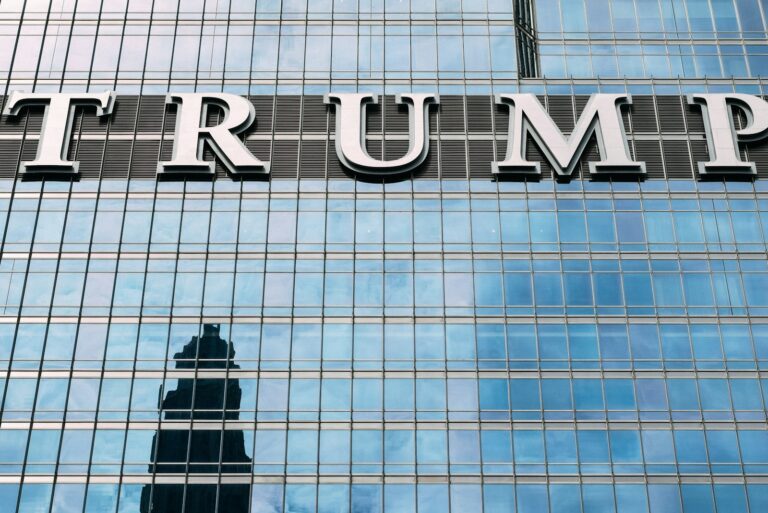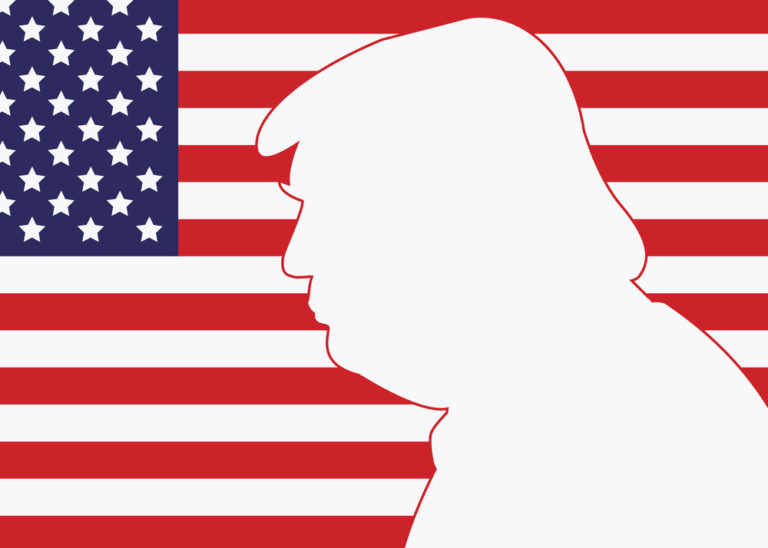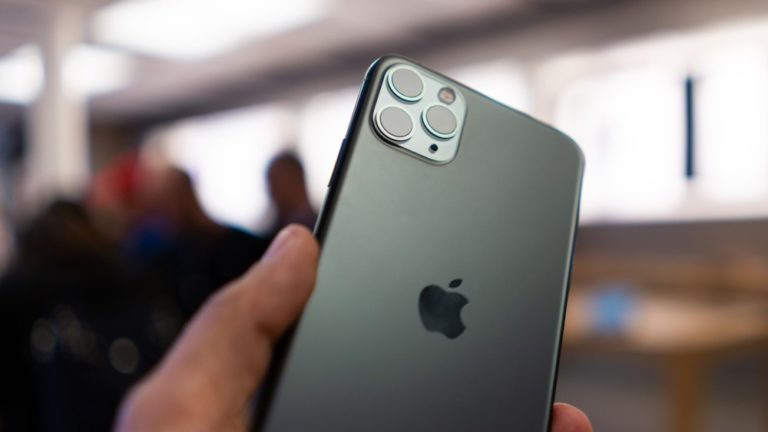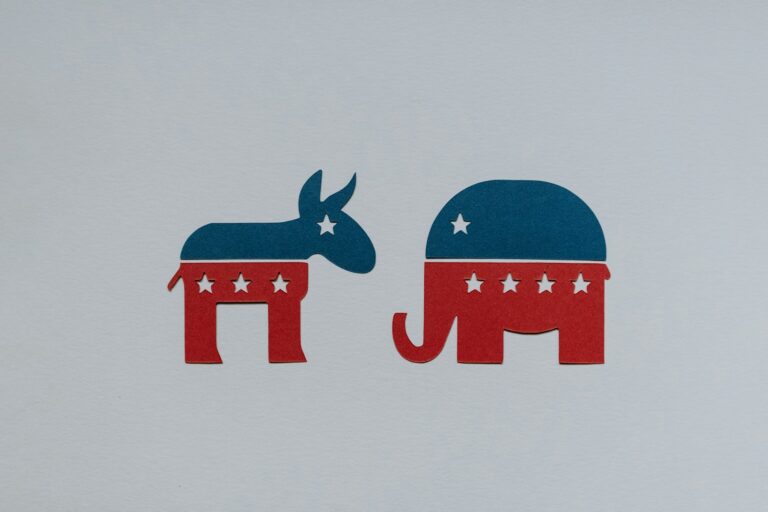Key Takeaways:
- Federal judges are issuing nationwide injunctions against Trump’s policies, affecting immigration and fraud reduction.
- These judges are overstepping by controlling executive decisions, including personnel matters.
- Congress proposes a bill requiring judges to enforce a bond before issuing injunctions.
- Without the bond, injunctions can’t be enforced, potentially stopping judges’ overreach.
- Democrats argue this plan is unconstitutional.
Judges vs. Trump: A Power Struggle
A growing number of federal judges are challenging President Trump’s policies, especially on immigration and fraud. These judges issue nationwide injunctions, stopping Trump’s plans. But some say they’re going too far, even controlling who the administration can hire or fire. Now, Congress is stepping in with a plan to limit this judicial overreach.
The Problem: Judges Overstepping
Federal judges are using nationwide injunctions to block Trump’s agenda. These injunctions are like a legal stop sign, halting policies until courts decide. But critics argue judges are taking too much power, making decisions that should be the administration’s. They’re even threatening contempt if Trump doesn’t comply, which some see as a crisis.
The Solution: A Bond Requirement
Congress has a plan to stop this. A new bill would require judges to demand a bond before issuing an injunction. This bond ensures that if the injunction is later overturned, the other side isn’t left with big losses. The idea is already law, but judges often ignore it or set the bond to zero. The bill would make this bond a must-have.
How It Works
Under the plan, judges can set the bond amount, but they can’t skip it. If they do, their injunction has no teeth. This means that without the bond, the court can’t enforce the injunction. For example, if a judge wants to stop Trump’s immigration policy, they’d have to set a bond. If they don’t, their order is just words on paper.
The Impact
If this bill becomes law, it could change everything. Injunctions without bonds would vanish, letting Trump’s policies move ahead. This would limit judges’ power to block the administration. It’s a big shift in how courts and the executive branch interact.
More Moves Against Judicial Overreach
This isn’t the only move against judges. Another bill passed the House to stop district courts from issuing nationwide injunctions. Some even want to impeach judges who block Trump’s policies, like Judge Boasberg, who stopped deporting Venezuelan migrants.
Democrats Push Back
Democrats say this plan is unconstitutional. They argue Congress can’t dictate how judges handle cases. They see it as an attack on judicial independence, which is a key part of our democracy.
The Future of the Bill
The bill is still in the Senate, so it’s not law yet. But if it passes, it could be a major win for Trump. It would show that Congress is willing to step in when judges overstep. However, it’s likely to face legal challenges, and its future is uncertain.
Conclusion
The battle between Trump and the courts is heating up. Congress is trying to rein in judges they see as overreaching. The proposed bond requirement could change how injunctions work. But with Democrats opposing it, the fight is far from over. Stay tuned as this legal drama unfolds.










